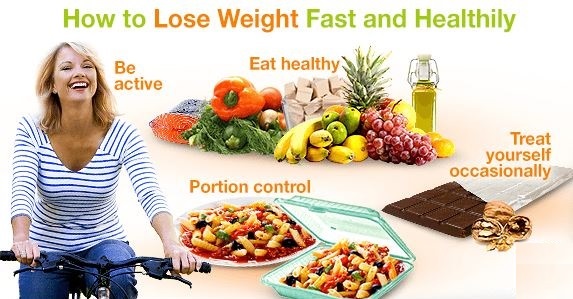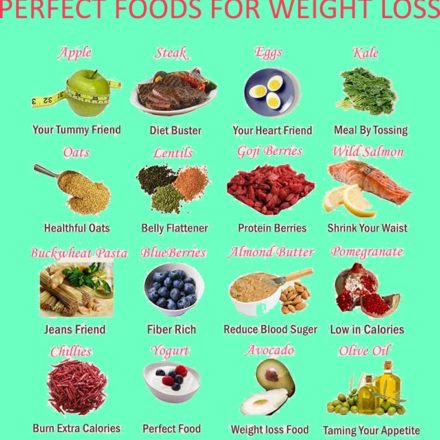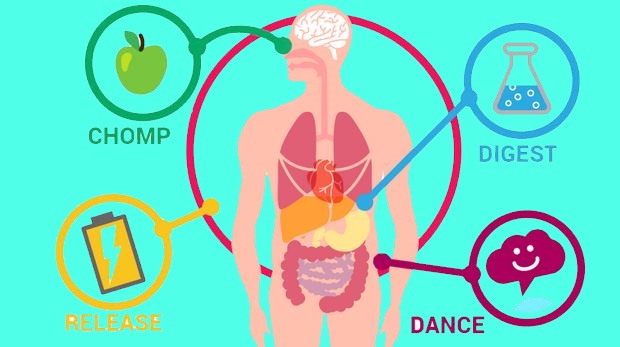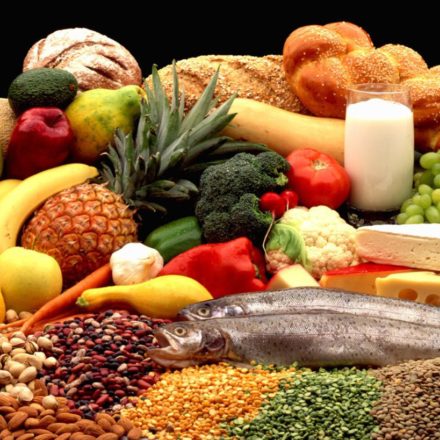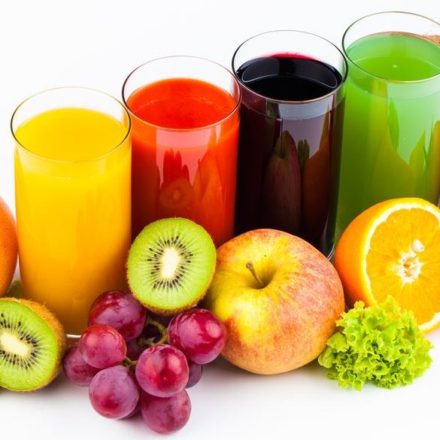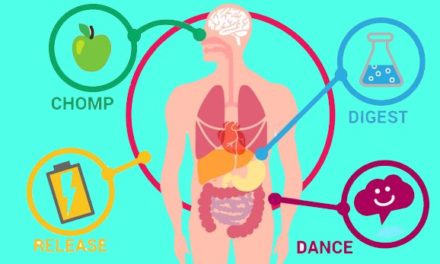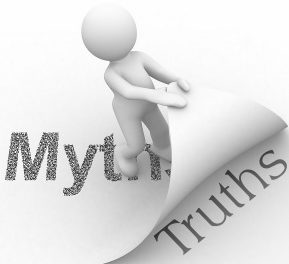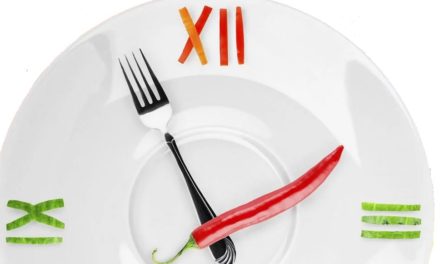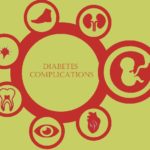In this article we are going to see all the detail of a low carbohydrate diet, you will be very interesting this article if you are following our Plan of 3 easy steps to lose weight
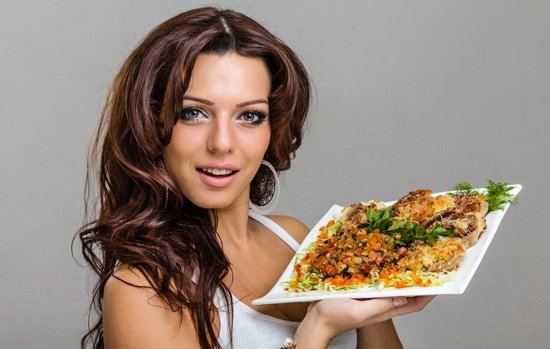
LOW CARB VEGETABLES
In the following list are lowest to higher content of carbohydrate foods, per serving, most are non- starch and usually low in carbohydrates.
The exact number of carbohydrates will depend on the size of the portion.
Remember that when there are carbohydrates in plants there is no fiber, you have to subtract it from the total.
- Sprouts, alfalfa and other seeds small (germinated legumes have more carbs)
- Greens: Lettuce, spinach, chard, etc
- Very green: cabbage, kale, mustard greens.
- Radicchio and endive.
- Herbs: parsley, cilantro, Basil, Rosemary, thyme, etc.
- Chinese cabbage
- Bamboo shoots
- Celery
- Radishes
- Vegetables from the Sea (Nori, etc)
- Fungi
- Cabbage
- Jicama
- Avocado
- Asparagus
- Okra
- Cucumbers
- Beans green
- Fennel
- Cauliflower
- Broccoli
- Peppers (green, red, Jalapeno)
- Squash of summer.
- Zucchini.
- Cabbages of Brussels.
- Chives or green onions.
- Peas
- Tomatoes
- Eggplant
- Tomatillos
- Artichoke
- Turnips
- Kohlrabi
- Spaghetti squash
- (Celeriac) celery root
- Carrots
- Onions
- Leeks
- Water chestnuts
VEGETABLES (HIGH IN CARBOHYDRATES WITH STARCH)
The following vegetables are to be avoided when we want to reduce carbohydrates:
- Carrots
- Sugar beets
- Peas
- Pumpkins of winter.
- Chestnuts of water.
- Parsnip.
- All types of potatoes.
- Potatoes sweet
- Corn
- Bananas.
THAT VEGETABLES ARE MORE HIGH AND LOW IN CARBOHYDRATES?
he majority of non-starchy vegetables are very low in carbohydrates, less than 5 grams a cup half. Although there are differences between them.
Then I show a detail by dividing the vegetables into 4 groups, depending on the part of the plant from which they come.
There are exceptions, but generally pretty good works the following division:
SHEETS
They have fewer carbohydrates, and what they have is wrapped in fiber, this does not have any impact on the sugar in the blood (also have good amounts of vitamin K).
They are also rich in phytonutrients, vitamins and minerals.
As examples we have lettuce, spinach, chard, alfalfa and other fresh outbreaks.
STEMS AND FLOWERS
In this category we have the asparagus, cauliflower and broccoli.
FRUITS
Fruits to say a part of the plant that contains seeds.
This part is botanically the fruit of the plant, although we usually call him only fruit if it is sweet.
As examples we have them peppers, them Pumpkins of any type, the beans green, the tomato, the okra and the eggplant.
As fruit also have to the avocado, but has less content of carbohydrates that them others.
In this category the fruit that has more carbohydrates is the banana.
ROOTS AND SEEDS
There are many roots that are very rich in carbohydrates.
As examples we have the parsnip, water chestnuts, potatoes, and sweet potatoes and yams.
Some are low in carbohydrates, such as jicama, radishes, celery and carrots.
LIST OF THE BUY LOW CARB
The list of the buy is key for supply us of them food indicated for follow a power low in carbohydrates, then you show a guide general so only have that print it and bring with you at the time of go to the super.
VEGETABLES
Important to eat a wide variety of non-starchy vegetables and fruits low in sugar:
- Lettuce, spinach, cabbage.
- Others vegetables of leaf green (chard, cabbage, cabbage curly, col Chinese).
- Herbs (basil, parsley, cilantro).
- Radishes, cabbages, cucumbers, tomatoes.
- Other green vegetables (avocado, asparagus, broccoli, green beans, Brussels sprouts, okra and cauliflower).
- Plant non-starch (summer squash, peppers, green onions, aubergines, artichokes and mushrooms).
- If tomas any fruit good options are the berries, the melons and those peaches.
MEAT, POULTRY, FISH, SEAFOOD AND EGGS
All these foods are low in carbohydrates. Eggs for example are very nutritious, oysters and liver have few carbohydrates.
DAIRY
As examples we have the cream, the butter, the cheese cottage with all the fat, cheese, cottage cheese and yogurt without sugar.
FATS AND OILS
We talked about on the blog the importance of fats in our diet that is low in carbohydrates.
The fat saturated no can miss, as examples have the butter and the oil of coconut.
As oils bet always by the oil of olive, never by the oils plant, already discussed why in this article (soybean, corn, safflower and sunflower).
Always avoid partially hydrogenated oils, as discussed in this article.
Other foods high in fats have nuts, seeds, avocados and cream.
We never exceed with these foods, since they are high in calories.
FROZEN DINNERS
It is a good idea to always have some frozen meat, fish, vegetables, and low.
CANNED PRODUCTS
Good canned options are the Jews of black soybean, olive , and coconut milk.
NUTS AND SEEDS
Most nuts and seeds are low in carbohydrates.
Flax, almond and coconut flour are good choices for cooking, just make sure they are fresh.
CONDIMENTS
We have good choices, let’s look at several, mustard, mayonnaise with all the fat, ketchup without sugar, salad dressings without sugar, the soy sauce, pesto sauce, broth, spices, chutney sauce, sugar-free jams and preserves.
OTHER
- Non-sugar soy, almond, rice or hemp milk.
- Pork scratchings.
- Low carb tortillas.
- Chocolate without sugar and cocoa powder.
- On a low carb diet can include limited quantities of corn, pasta to the dente beans, bread rich in fiber, grams as rice, quinoaand barley.
FOODS THAT YOU SHOULD AVOID
These completely eliminated foods, biscuits, crackers, bread, candy, pasta, baking ingredients and all processed foods.
MOST COMMON MISCONCEPTIONS ABOUT DIETS LOW IN CARBOHYDRATES
Some people criticize them diets low in carbohydrates because they say that not contains enough fruits and vegetables.
This is a very wrong idea. As we have seen, can take great variety of vegetables without starch and of fruits low without sugar, something that certainly is very positive for the health.
Is very easy of fit a plan of power low in carbohydrates, and certainly not relinquish to eat food so important as the fruits and the vegetables.
WHY ARE FRUITS AND VEGETABLES SO IMPORTANT?
These food plant without rich in fiber, vitamins and minerals, in addition, contain great amount of phytonutrients.
These compounds very present in people taking a diet low in carbohydrates will help reduce the risk of cancer, diseases of the heart, certain eye problems and other health problems.
The phytonutrients act as antioxidant, enhancing our system immune, repairing the damage cell and making many more functions.
Fruits and vegetables provide much of these compounds, which would be impossible to obtain through pills.
Reducing carbohydrates it’s easy to be happy, since these foods provide us with variety of flavors, textures and colors.
Many of these fruits and vegetables rich in phytonutrients are low in carbohydrates.
TIPS TO IMPROVE YOUR COUNT OF FRUITS AND VEGETABLES
- Use the vegetables low in starch as substitutes for foods high in starch. A classic is as a substitute for potatoes cauliflower mash.
- This is replace the pasta with strips of Zucchini or squash spaghetti.
- Use cheese, cucumber, jicama slices, and certainly celery.
- The berries are a perfect food, in addition to being low in sugar, they have lots of antioxidants.
- For breakfast we have such as yogurt, cottage cheese, low carb crepes and the different vegetables that we have commented.
- To any dish you can use vegetables, eggs prepared in different ways (omelets, frittatas, etc), soups, stews, etc.
- The sautéed chopped chard can bring a good taste to many skillet meals.
- Test with new vegetables ! For example, replaces the potatoes by the puree of root of celery. Be brave and experienced.
THE PESTICIDES IN THE FRUIT AND VEGETABLES
Are many them reasons to choose food grown locally, products organic, whenever can.
Without a doubt, organic foods are more expensive.
If like maximize it positive of eat this type of food, choose whenever can fruits and vegetables that have less quantity of pesticides, now arises the question what fruits and vegetables have more pesticides?
Then you put a list of 49 food that goes from who have more content of pesticides to less amount
There are many fruits and vegetables that are not on this list, only used fruits and vegetables that tend to be very consumed.
This list only shows the ranking, not the amount of pesticide in each food.
Fruits and vegetables were washed peeled, as you often eat them most people, for example, the apples were washed and bananas and oranges were peeled.
PESTICIDES IN FOODS MOST CONSUMED
- Celery (the worst)
- Peaches
- Strawberries
- Apples
- Blueberries
- Nectarines
- Sweet Bell Peppers
- Spinach.
- Kale
- Sour cherries
- Potatos
- Grapes
- Lettuce
- Blueberries (imported)
- Carrots
- Green beans
- Pears
- Plums
- Squash of summer
- Cucumbers
- Beans green (imported)
- Peppers spicy
- Red raspberries
- Oranges
- Grapes
- Cantalupo
- Cucumbers
- Cauliflower
- Tomatoes
- Bananas
- Broccoli
- Winter squash
- Blueberry tart
- Plums
- Melon
- Sweet potato
- Grapefruit
- Watermelon ( 9 healing properties of watermelon )
- Melon (imported)
- Cabbage
- Eggplant
- Kiwi
- Asparagus
- Peas (frozen)
- Mango
- Pineapple
- Sweet corn
- Avocado
- Onions
This has been the information I think it may be interesting in your low carbohydrate diet plan, if you have any questions you can comment it below in the comments area, will be happy to answer you.
REFRENCES
- Yancy, William S., et al. “A low-carbohydrate, ketogenic diet versus a low-fat diet to treat obesity and hyperlipidemia: a randomized, controlled trial.” Annals of internal medicine 140.10 (2004): 769-777.
-
Atkinson, Fiona S., Kaye Foster-Powell, and Jennie C. Brand-Miller. “International tables of glycemic index and glycemic load values: 2008.” Diabetes care 31.12 (2008): 2281-2283.
- Weight loss King, “6 Ways to Lose Weight Quickly”, 29 Sep. 2016, https://www.weightloss-king.com/6-ways-to-loose-weight-quickly/756. Accessed 4 Nov. 2016.
-
Krebs, Nancy F., et al. “Assessment of child and adolescent overweight and obesity.” Pediatrics 120.Supplement 4 (2007): S193-S228.
-
Johnston, Bradley C., et al. “Comparison of weight loss among named diet programs in overweight and obese adults: a meta-analysis.” Jama 312.9 (2014): 923-933.
-
Wadden, Thomas A., et al. “Lifestyle modification for obesity new developments in diet, physical activity, and behavior therapy.” Circulation 125.9 (2012): 1157-1170.
-
Moran, Lisa J., et al. “Dietary composition in the treatment of polycystic ovary syndrome: a systematic review to inform evidence-based guidelines.” Journal of the Academy of Nutrition and Dietetics 113.4 (2013): 520-545.
-
Barr, Suzanne, et al. “An isocaloric low glycemic index diet improves insulin sensitivity in women with polycystic ovary syndrome.” Journal of the Academy of Nutrition and Dietetics 113.11 (2013): 1523-1531.
-
Martin Velez, Leandro, and Alicia Beatriz Motta. “Association between polycystic ovary syndrome and metabolic syndrome.” Current medicinal chemistry 21.35 (2014): 3999-4012.
-
Daan, Nadine MP, et al. “Endocrine and cardiometabolic cord blood characteristics of offspring born to mothers with and without polycystic ovary syndrome.” Fertility and Sterility (2016).
-
Krebs, Nancy F., et al. “Assessment of child and adolescent overweight and obesity.” Pediatrics 120.Supplement 4 (2007): S193-S228.
-
Wang, T., et al. “Genetic variation of fasting glucose and changes in glycemia in response to 2-year weight-loss diet intervention: the POUNDS LOST trial.” International Journal of Obesity (2016).
-
Bao, Wei, et al. “Low carbohydrate–diet scores and long-term risk of type 2 diabetes among women with a history of gestational diabetes mellitus: a prospective cohort study.” Diabetes care 39.1 (2016): 43-49.
 NL
NL FR
FR DE
DE EN
EN
